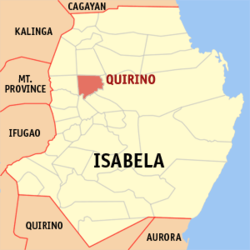
Angadanan, officially the Municipality of Angadanan, is a 3rd class municipality in the province of Isabela, Philippines. At the 2020 census, it had a population of 44,977.
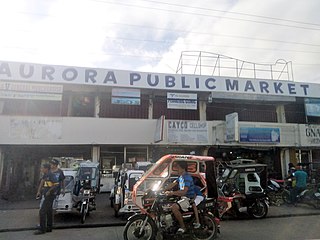
Aurora, officially the Municipality of Aurora, is a 3rd class municipality in the province of Isabela, Philippines. According to the 2020 census, it has a population of 36,621 people.
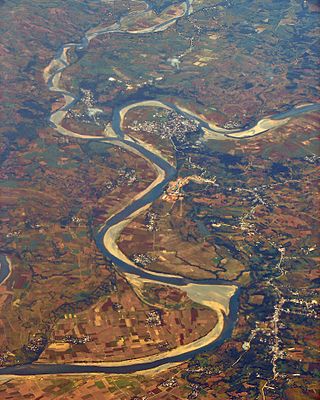
Benito Soliven, officially the Municipality of Benito Soliven, is a 4th class municipality in the province of Isabela, Philippines. According to the 2020 census, it has a population of 29,752 people.

Burgos, officially the Municipality of Burgos, is a 4th class municipality in the province of Isabela, Philippines. According to the 2020 census, it has a population of 26,040 people.

Cordon, officially the Municipality of Cordon, is a 2nd class municipality in the province of Isabela, Philippines. According to the 2020 census, it has a population of 46,477 people.

Delfin Albano, officially the Municipality of Delfin Albano, is a 4th class municipality in the province of Isabela, Philippines. According to the 2020 census, it has a population of 29,928 people.

Dinapigue, officially the Municipality of Dinapigue, is a 1st class municipality in the province of Isabela, Philippines. According to the 2020 census, it has a population of 5,821 people.

Luna, officially the Municipality of Luna, is a 5th class municipality in the province of Isabela, Philippines. According to the 2020 census, it has a population of 20,697 people.

Maconacon, officially the Municipality of Maconacon, is a 3rd class municipality in the province of Isabela, Philippines. According to the 2020 census, it has a population of 3,977 people, making it the least populous municipality in the province.
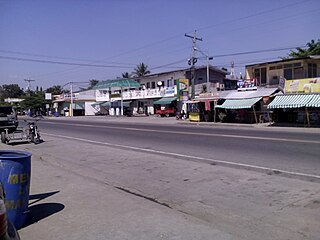
Mallig, officially the Municipality of Mallig, is a landlocked 4th class municipality in the province of Isabela, Philippines. The municipality has a land area of 133.40 square kilometers or 51.51 square miles which constitutes 1.07% of Isabela's total area. Its population as determined by the 2020 Census was 32,208.
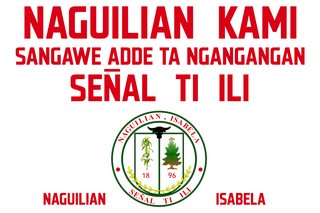
Naguilian, officially the Municipality of Naguilian, is a 4th class municipality in the province of Isabela, Philippines. According to the 2020 census, it has a population of 33,788 people.

Reina Mercedes, officially the Municipality of Reina Mercedes, is a 4th class municipality in the province of Isabela, Philippines. According to the 2020 census, it has a population of 27,900 people.

San Agustin, officially the Municipality of San Agustin, is a 3rd class municipality in the province of Isabela, Philippines. According to the 2020 census, it has a population of 22,096 people.

San Isidro, officially the Municipality of San Isidro, is a 5th class municipality in the province of Isabela, Philippines. According to the 2020 census, it has a population of 27,044 people.

San Manuel, officially the Municipality of San Manuel, is a 4th class municipality in the province of Isabela, Philippines. According to the 2020 census, it has a population of 34,085 people.
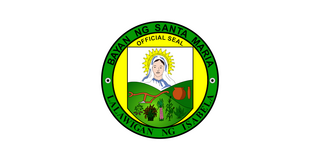
Santa Maria, officially the Municipality of Santa Maria, is a 4th class municipality in the province of Isabela, Philippines. According to the 2020 census, it has a population of 25,758 people.

Santo Tomas, officially the Municipality of Santo Tomas, is a 4th class municipality in the province of Isabela, Philippines. According to the 2020 census, it has a population of 24,528 people.

Diffun, officially the Municipality of Diffun, is a 2nd class municipality in the province of Quirino, Philippines. According to the 2020 census, it has a population of 56,102 people.

Saguday, officially the Municipality of Saguday, is a 5th class municipality in the province of Quirino, Philippines. According to the 2020 census, it has a population of 17,137 people.
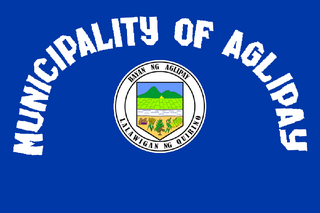
Aglipay, officially the Municipality of Aglipay, is a 3rd class municipality in the province of Quirino, Philippines. According to the 2020 census, it has a population of 30,714 people.
